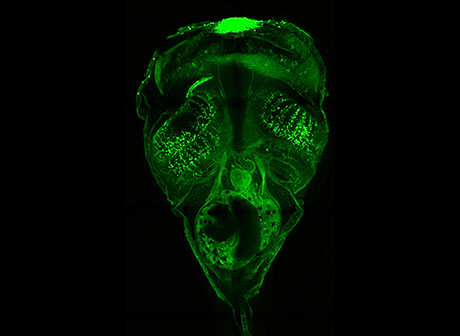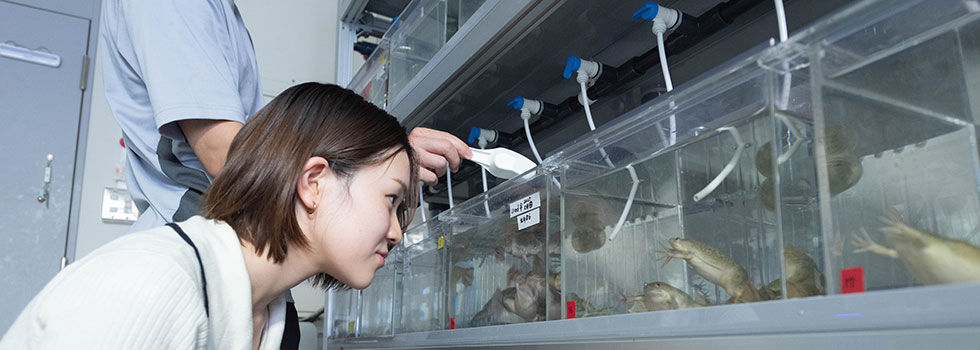
How do living organisms respond to their environments to form their own bodies? We seek to uncover the molecular and cellular mechanisms that shape body formation and its diversity.
Developmental biology is a fundamental field of biology that seeks to understand how a single fertilized egg (in animals) or a seed (in plants) gives rise to a body with complex shapes and functions. The ways in which animals and plants build their tissues and organs differ greatly—even at the level of individual cell behaviors—reflecting their fundamentally distinct developmental strategies.
Interestingly, however, the basic “building blocks,” such as genes, cells, and nutrients, are shared between animals and plants. Recent studies have revealed that these components can flexibly change in response to environmental conditions, allowing development to proceed in diverse ways.
In this research project, we combine cellular-level imaging with advanced techniques to identify intracellular and organism-wide metabolites and small molecules (such as peptides) that change in response to environmental factors.
FEATURE
Technique development in an animal model will serve as the basis for exploring their applicability to plant models.
Capturing elusive circulating molecules involved in body formation through spatial mass spectrometry and whole-body imaging.
Exploring the diversity of developmental strategies by comparing how animals and plants build their bodies in fundamentally different ways.
Investigating how environmental factors such as nutrient conditions, temperature, pH, and light influence the developmental processes of animals and plants.
RESULTS
Research progress
Focusing on the Networks of Substances that Build the Body
In the field of developmental biology, “model” animals and plants with decoded genomes have played a crucial role in identifying genes essential for development and uncovering their functions. In recent years, however, it has become increasingly clear that not only gene expression but also hormones and peptides circulating throughout the body are vital for building organs and tissues in the right places.
We have previously discovered that nutrient conditions influence organ morphogenesis through gut hormones that circulate systemically (Takagishi et al., 2022). Although we are eager to identify other substances involved in these processes, methods for visualizing and characterizing such circulating factors have not yet been fully established in this field.
Our research focuses on developing innovative approaches to uncover the body-wide networks mediated by these substances, opening new avenues for understanding developmental regulation.
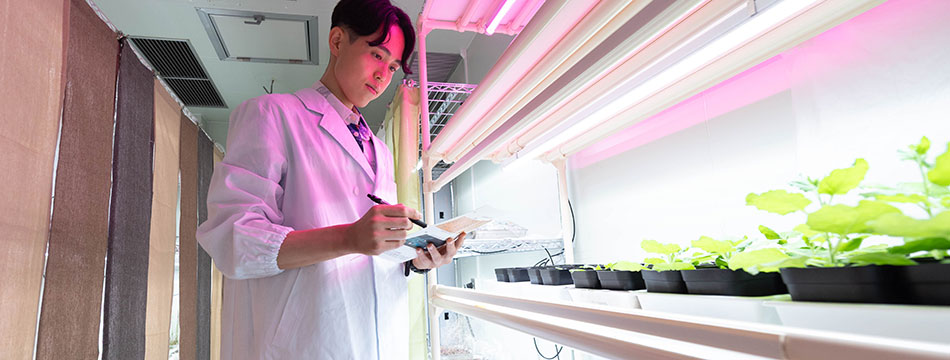
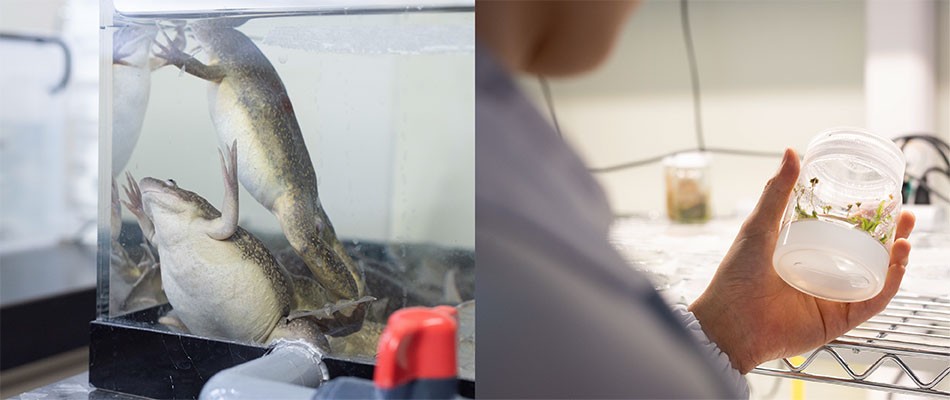
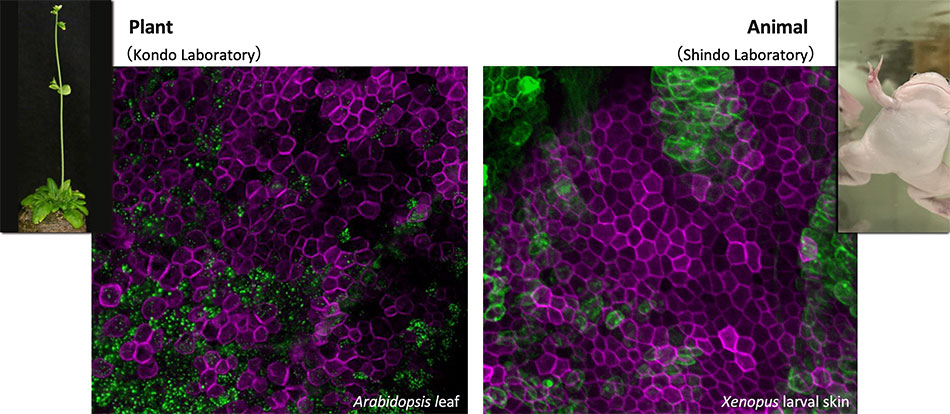
Further development
Building a Knowledge Base of Analytical Techniques Applicable to a Wide Range of Biological Samples in Animals and Plants
When explaining biological phenomena, research has traditionally focused on gene expression and gene function, aiming to reveal which genes act, when, and how. In this project, we go beyond gene expression to investigate the substances organisms use to respond to their environments, focusing on phenomena that cannot be fully explained by genes alone.
For example, in animals, molecules, nutrients, peptides, and hormones circulate throughout the body via the vascular and nervous systems, but their roles in development remain only partially understood. We aim to build foundational knowledge to explore these factors and take on the challenge of applying analytical techniques, such as mass spectrometry.
Through these efforts, we hope to open new avenues for understanding previously unexplored mechanisms of body formation, while also contributing to the advancement of the field by establishing innovative methodological approaches.
